Teenage Emotions: Pixar’s Masterful Exploration in Inside Out 2
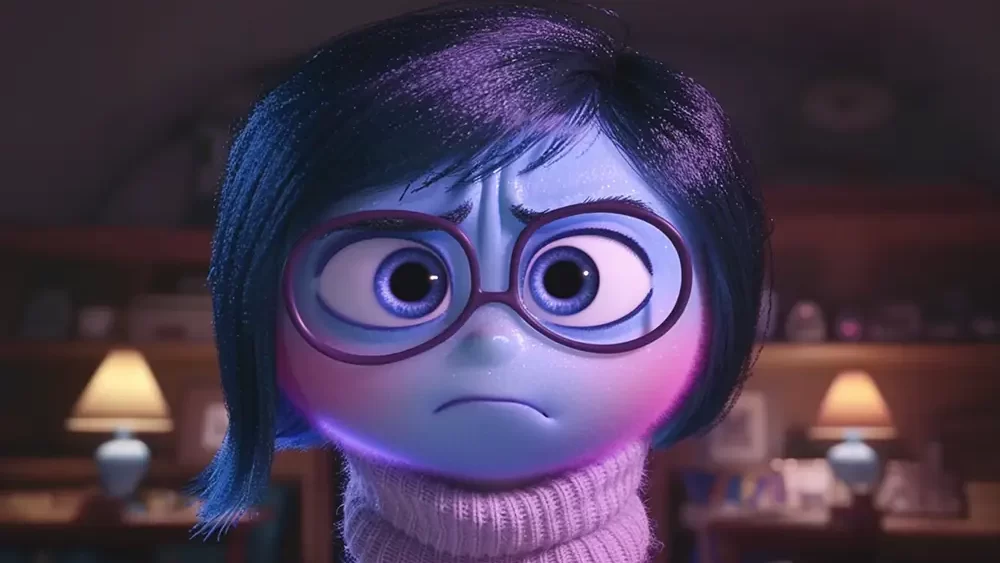
Introduction: A Fascinating Look at the Teenage Mind
As a therapist and mother of two, I’ve always been fascinated by how the human mind works, especially during those tricky teenage years. When Pixar released Inside Out in 2015, I was hooked.
It was such a creative way to show what’s going on inside our heads. Now, with Inside Out 2, I’m blown away again by how Pixar turns complicated psychological ideas into something that’s both fun and deep.
Table of Contents
Revisiting Riley’s World
Inside Out 2 jumps forward in time, reuniting us with Riley, who’s now 13 years old. She’s in the thick of adolescence, and her emotions are as complicated as ever. The movie builds on the first film’s foundation by showing how Riley’s emotional world has expanded and changed.
When we step back into Headquarters, the emotions—Joy, Sadness, Anger, Fear, and Disgust—are still running the show, but now they’re facing new challenges. The control room has evolved, just like Riley’s brain. New gadgets and buttons symbolize the more complicated emotions that come with growing up.
Key Takeaway: Inside Out 2 captures the chaotic nature of adolescence by adding new dimensions to Riley’s emotional world, perfectly reflecting how our emotional responses become more nuanced as we grow.
New Emotions on the Block
One of the standout features of Inside Out 2 is the introduction of new emotions. Anxiety, voiced by Maya Hawke, is the star of this sequel. She’s always worried about what might go wrong—something every teen and parent can relate to. Anxiety’s what-if scenarios and constant worst-case thinking are portrayed with humor and accuracy.
We also meet Envy and Embarrassment. Envy perfectly captures the comparisons and jealousy many teens feel in a world dominated by social media. Embarrassment is all about those cringe-worthy moments that seem to define adolescence.
Insightful Addition: The film’s portrayal of emotions like Anxiety and Embarrassment gives a real, relatable look at the emotional rollercoaster teens often ride, making the movie both entertaining and educational.
The Evolving Mind Map
Visually, the sequel ups the ante by expanding the concept of Riley’s mind. The Deep Vault, where memories are stored but not forgotten, is a powerful metaphor for how past experiences shape who we are. This vault represents the way teenagers wrestle with their past as they form their new identities.
The Realm of the Subconscious is another new addition. It’s a mysterious, sometimes scary place, representing the fears and unresolved issues that many teens carry but can’t easily express.
The Hockey Camp Adventure
The heart of the story revolves around Riley’s time at a hockey camp, where she faces new social dynamics, friendships, and challenges. The camp serves as a perfect metaphor for the broader world teens are stepping into—full of insecurities, competition, and self-discovery.
Relatable Lesson: The film highlights how teens, like Riley, confront insecurities, test independence, and build resilience when navigating new social settings.
The Complexity of Teenage Emotions
One thing Inside Out 2 does brilliantly is showing how emotions work together, not in isolation. Anxiety might make Riley overly cautious, but it also motivates her to prepare for challenges. Sadness, once sidelined, now plays a more central role in helping Riley process her emotions.
Expert Note: This portrayal mirrors what many adolescents experience—a whirlwind of conflicting emotions. It’s a great way to teach that every emotion, even the tough ones, has value.
Addressing Difficult Topics
One of the most powerful aspects of Inside Out 2 is its willingness to tackle tough issues like body image, social pressure, academic stress, and mental health.
- Body Image Issues: Riley faces the challenges of puberty, dealing with self-consciousness and discomfort in her changing body.
- Social Pressure: At hockey camp, Riley navigates the complexities of peer pressure and fitting in.
- Academic Stress: The film also touches on the stress teens feel to keep up their grades while balancing their passions.
- Family Dynamics: The film doesn’t shy away from showing the impact of Riley’s emotional changes on her family relationships.
- Mental Health: Anxiety’s role in the movie opens the door for much-needed discussions about mental health in teenagers.
Takeaway: The film doesn’t just entertain—it educates. It’s a valuable tool for starting conversations about important, often difficult, topics.
The Journey of Self-Discovery
At its core, Inside Out 2 is about self-discovery and accepting who you are. Riley learns to face her Anxiety, not as an enemy but as a part of herself. This journey towards self-acceptance is central to the film’s message.
Powerful Message: The film beautifully teaches that embracing all our emotions, even the difficult ones, is key to emotional health.
The Role of Memory and Experience
Another thought-provoking theme is how memories, and our interpretation of them, evolve over time. The movie shows that even as we grow, our past experiences still shape who we are—but our view of those memories can change with time and maturity.
The Importance of Emotional Intelligence
As a therapist, I love how Inside Out 2 focuses on emotional intelligence. Riley learns to manage her feelings, pause before reacting, and seek help when overwhelmed. These are vital skills for navigating adolescence—and adulthood, for that matter.
Therapist Insight: Emotional intelligence, as demonstrated in the film, teaches that all emotions serve a purpose. Even the ones we label as “negative” can lead to personal growth.
The Power of Connection
The film also stresses the importance of connection—with family, friends, and mentors. It shows that relationships, while sometimes difficult, provide the support we need to navigate life’s challenges.
Valuable Reminder: Healthy connections are crucial, especially during adolescence, and Inside Out 2 emphasizes how important it is to lean on others for support.
Visual Storytelling and Metaphor
As always, Pixar nails visual storytelling. The Islands of Personality have grown, just like Riley’s interests and values, and the Mind Cloud represents the brain fog teens experience when overwhelmed.
Conclusion: A Message of Hope and Understanding
As a mother, therapist, and human being, Inside Out 2 touched me deeply. The film sends a message of hope and self-acceptance. Yes, growing up is messy and uncomfortable, but it’s also beautiful and necessary.
The movie reminds us that all emotions are valuable, and with understanding and support, we can learn to navigate even the toughest emotional waters.
Final Thought: Inside Out 2 isn’t just for kids. It’s a reminder for all of us that emotions, no matter how complex, deserve to be acknowledged, understood, and accepted.
Take a Moment to Reflect
- What emotions have played a significant role in your growth, and how do you navigate them today?
- How do you see the new emotions introduced in Inside Out 2 reflecting the teenage experience you or your loved ones have had?
- How can you use films like Inside Out 2 to open up important conversations about mental health?
Join the Conversation
What did you think of Inside Out 2? How has it changed the way you think about your own emotions or those of the people around you? Share your thoughts in the comments or on social media with #InsideOut2Emotions. We’d love to hear your story!
Finding Balance: The Art of Saying No Without Guilt

Have you ever felt overwhelmed because you said “yes” to something you really didn’t want to do? Saying no without guilt can be tough, and it happens to the best of us.
Sometimes, we find ourselves agreeing to things out of fear—fear of letting someone down, of missing out, or of being seen as selfish. But what if learning to say “no” could actually be one of the most powerful things you do for yourself?
Table of Contents
The Weight of the Word “Yes”
It all starts with a simple word: “yes.” It’s such a small word, yet it can carry so much weight. I remember a time when I was saying “yes” to everyone—my friends, my family, my coworkers.
Every time someone needed a hand, I was there, ready and willing, even if it meant staying up late, giving up my weekends, or putting aside my own needs.
It seemed like I was being helpful, but in truth, I was crumbling under the pressure.
I realized I was losing myself under the pile of promises I had made to others. I would go to bed exhausted, feeling like I hadn’t done a single thing for myself.
Slowly but surely, I understood that my problem wasn’t just time—it was boundaries. I needed to learn the art of saying “no” without carrying the crushing weight of guilt.
The Guilt Trap: Why Is Saying No without guilt is So Hard?
Saying “no” can feel like you’re letting someone down. And isn’t that the worst feeling? It’s like telling a friend that you can’t help them move or turning down extra work from a boss who trusts you.
It feels selfish, like you’re closing a door on someone who’s counting on you.
But here’s the thing: every time you say “yes” to something you don’t want, you’re actually saying “no” to yourself. You’re saying “no” to your rest, to your hobbies, to the quiet moments you need just to be.
And when you keep putting yourself last, you start to feel that gnawing sense of frustration and burnout—because, deep down, you know you deserve better.
“Saying ‘no’ isn’t about pushing people away. It’s about creating space for what truly matters, for both you and the people who need you most.”
The Power of a Well-Placed “No”
There’s power in the word “no.” It’s not just a rejection—it’s a redirection. It’s telling the world that your time and energy are precious, and that you know exactly where you want to focus them.
Saying “no” can be freeing. It can be an act of courage, a promise to yourself that your needs matter just as much as anyone else’s.
I remember the first time I said “no” to a big request. A friend had asked me to help plan a huge event—a project that would take weeks of my evenings and weekends. I almost said yes out of habit, but I caught myself.
I realized that I needed this time for me. I politely told my friend that I couldn’t commit this time, and, to my surprise, she understood. She even thanked me for being honest. It felt like a weight lifted from my shoulders.
“No” doesn’t have to be harsh. It can be gentle, kind, and full of respect—both for yourself and for others.
How to Say “No” Without the Guilt
Learning to say “no” takes practice. It’s not about being rude or uncaring, but about setting healthy boundaries. Here are some ways you can say “no” while still feeling good about it:
- Be Honest, But Kind: You can say, “I wish I could help, but I just don’t have the time right now.” This shows you care, but you also have limits.
- Offer an Alternative: If you can’t say yes, offer another way to help, like suggesting someone else who might be available or offering to help at a different time.
- Keep It Simple: You don’t have to explain everything. A simple “No, I can’t take that on right now” can be enough. The more you justify, the harder it becomes.
- Remember Your Priorities: Ask yourself, “If I say yes, what am I saying no to?” Keeping your own needs and goals in mind can make it easier to decide.
Setting Boundaries Is Self-Care
When you say “no,” you’re not only protecting your time; you’re also setting an example for others. You’re showing them that it’s okay to put yourself first sometimes.
This kind of self-care is like building a wall—not to keep people out, but to make sure that what comes in is what you truly want.
Think of it like a garden. You need boundaries to keep out the weeds so that the flowers—the things that bring you joy—can grow. If you let everyone trample through it, eventually, the flowers will wither, and you’ll be left with a patch of dirt. Boundaries allow you to nurture the beauty in your life.
“Boundaries aren’t walls; they are gates that let the right things in and keep the harmful things out.”
Conclusion: Finding Balance in Life
So, the next time someone asks you for something, take a moment. Don’t rush into a “yes” out of habit or guilt. Pause and ask yourself if this is something you can and want to do.
Remember, saying “no” doesn’t make you a bad person. It makes you someone who knows the value of their time, energy, and well-being.
Now, I’d love to hear from you. What’s one thing you wish you could say “no” to more often? Let’s start practicing together. You deserve the peace that comes from creating healthy boundaries—one “no” at a time.
Millennials vs. Gen Z: 11 Simple Ways to Show Appreciation

Why Showing Appreciation Matters Across Generations
No matter your age, feeling appreciated is like a warm hug—it just feels good. Whether you’re a Millennial juggling work and family or a Gen Z navigating school and social media, finding simple ways to show appreciation can strengthen your connection with others.
It’s not about grand gestures, but rather small, meaningful actions that let people know you value them. Taking a moment out of your day to express gratitude, whether through a thoughtful message or spending quality time, can make all the difference in building and nurturing relationships.
“Appreciation is the foundation of any lasting relationship, no matter the generation.” – Dr. Emily Roth, Relationship Expert
Both Millennials and Gen Z value appreciation, but how they give and receive it can differ. Millennials tend to appreciate personal, face-to-face interactions. Gen Z, on the other hand, often turns to digital platforms to show their gratitude.
So while the methods to show appreciation might differ, the core message stays the same: it’s all about making the other person feel valued.
11 Simple Ways to Show Appreciation to Your Loved Ones
“The act of expressing gratitude, no matter how small, strengthens bonds and builds trust.” – John Howard, Relationship Coach
1. Write a Heartfelt Note
Millennials might remember the days of handwritten notes—folded neatly and tucked into a friend’s locker. They love putting pen to paper to express their gratitude. A handwritten letter can feel personal, thoughtful, and long-lasting.
Gen Z, however, often prefers a digital touch. A sweet, well-written text message or a beautifully crafted Instagram post might be their go-to. The platform might change, but the heart behind the appreciation remains the same.
2. Give Them Your Undivided Attention
“In today’s fast-paced world, offering your full attention is one of the most sincere gifts you can give.” – Psychology Today
Sometimes, showing appreciation means just being present. Millennials might put their phones away during dinner, offering undivided attention as a way to show they care.
Gen Z might express appreciation through digital means—like sharing a video chat or sending a specially curated playlist. The key is giving time and focus, whether in person or online.
3. Surprise Them with a Thoughtful Gift
When it comes to gifts, Millennials tend to favor artisanal, nostalgic items like a personalized mug or vintage records that evoke memories.
Gen Z is more likely to go for trendy, modern items, like limited-edition sneakers or a digital subscription to their favorite app. For both generations, the key is picking something that shows you’ve been paying attention to what makes the other person smile.
“The best gifts don’t have to be expensive—they just need to show you care.” – Erica James, Gift Giving Expert
4. Cook Their Favorite Meal
Millennials often show appreciation by cooking their loved one’s favorite meal. A homemade lasagna or perfectly grilled steak can speak volumes without saying a word.
On the other hand, Gen Z might opt to order their loved one’s favorite takeout or send a food delivery. It’s still about knowing what they love and making sure they enjoy it, no matter how it arrives.
5. Give a Compliment
A well-placed compliment can brighten anyone’s day. Millennials often offer verbal praise like, “You did an amazing job!” or “That looks great on you!” They value face-to-face expressions of appreciation.
Gen Z, however, may post a shout-out on social media or drop a fire emoji under a picture to show they’re paying attention. Different delivery, same impact.
6. Help Them with Something They’ve Been Putting Off
“Acts of service can be one of the strongest demonstrations of love.” – Gary Chapman, Author of The 5 Love Languages
Sometimes, the best way to show appreciation is by offering help. Millennials might offer hands-on assistance, like helping you move or clean the garage.
Gen Z might offer remote help—organizing files on Google Drive or whipping up a shared doc for collaboration. Both generations show they care by making your life a little easier.
5 Reasons Why Storytelling in Communication is Essential for Engaging Audiences

Ever noticed how a good story can captivate you from the first sentence? That’s no accident. Storytelling in communication has become a powerful tool for engaging audiences and conveying messages effectively.
Whether you’re a business professional, a marketer, or a leader, understanding how to use narratives can significantly enhance your ability to connect with others.
In today’s world, where people are bombarded with information, stories cut through the noise. They resonate on a deeper level, making complex ideas more relatable and memorable.
As a result, professionals are increasingly recognizing the value of storytelling in communication to make their messages stick.
Let’s explore why storytelling is such a powerful communication tool and how you can use it to make your interactions more impactful.
Table of Contents
Why Storytelling is a Powerful Communication Tool
At its core, storytelling in communication works because it taps into something fundamentally human. Stories have been a part of our culture for centuries, helping us make sense of the world and share experiences. But why do they work so well?
One reason is that stories engage the brain differently than plain facts or data. When we hear a story, our brains don’t just process the information—we live it. We visualize the scenes, feel the emotions, and even empathize with the characters. This deep engagement makes stories memorable and helps the message stick long after the story is over.
Another key aspect of storytelling is its ability to simplify complex ideas. When you wrap information in a narrative, it becomes easier to understand and relate to.
This is particularly important in fields like marketing, education, and leadership, where the goal is to make an impact quickly and clearly.
By using storytelling in communication, you can create a strong emotional connection with your audience. This connection is what drives action, whether it’s making a decision, embracing a new idea, or simply remembering what you’ve said.
The Science of Storytelling: How It Engages the Brain
There’s more to storytelling in communication than just engaging content. Science backs up why storytelling is so effective. When we hear a story, our brains release chemicals like oxytocin, which promotes empathy and trust, and dopamine, which helps with memory and attention.
When you tell a story, you’re not just sharing information; you’re activating multiple parts of your audience’s brain. This includes areas responsible for sensory experiences, emotions, and motor functions. In other words, a well-told story can make your audience feel like they’re living the experience themselves.
This deep level of engagement leads to better retention of information. People are more likely to remember stories than a list of facts or bullet points. This is why storytelling in communication is so effective in teaching, marketing, and leadership—it turns abstract ideas into tangible experiences.
Moreover, storytelling can create a shared experience, fostering a sense of connection between the storyteller and the audience.
This connection can make your message more persuasive and impactful, helping you to influence others and drive action.
Practical Ways to Incorporate Storytelling into Your Communication
Now that we understand why storytelling in communication is so powerful, let’s look at how you can start using it in your daily interactions.
1. Start with a Relatable Character
Every good story needs a character that your audience can connect with. This could be you, a customer, or even a fictional character that embodies the challenges and goals your audience faces. The key is to make the character relatable and engaging.
7 Reasons Why Random Acts of Kindness Are More Powerful Than You Think
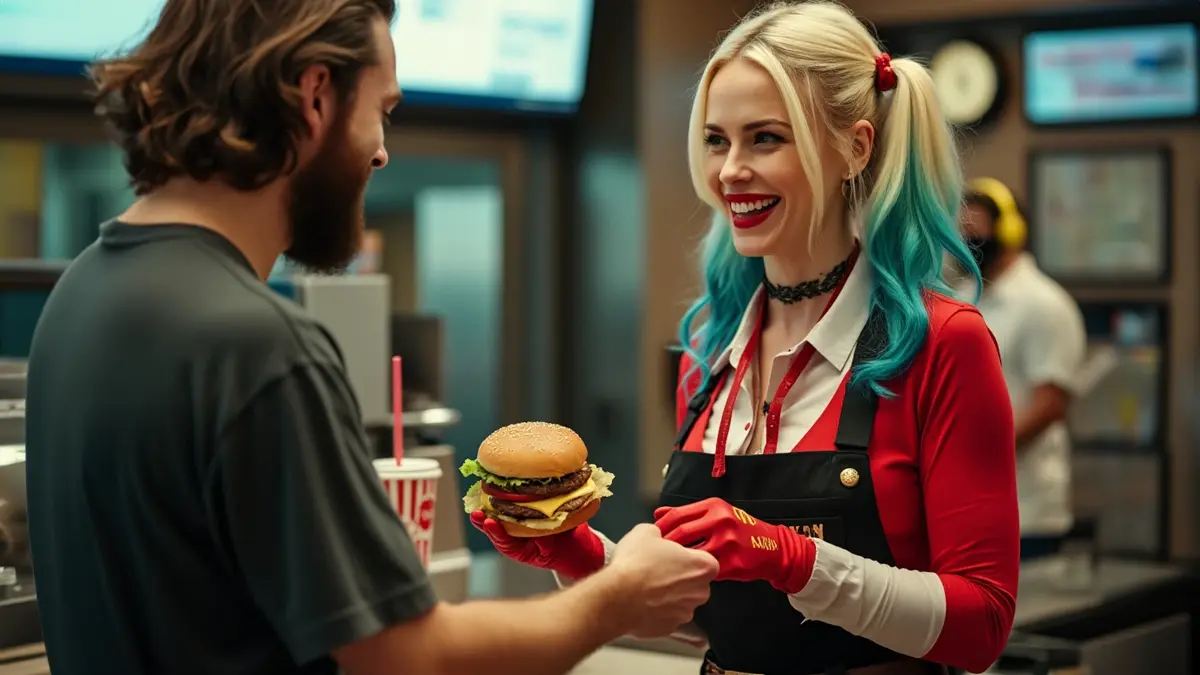
Have you ever held the door open for a stranger or offered a compliment, only to find it brightened your day just as much as theirs?
These simple gestures are what we call random acts of kindness, and they’re becoming more popular as people realize just how impactful they can be.
In a world where negativity often grabs the headlines, these small acts of kindness can create a ripple effect of positivity.
Whether it’s paying for someone’s coffee or simply sharing a smile, these gestures don’t just benefit the receiver—they also uplift the giver.
Let’s explore why random acts of kindness are more powerful than you might think, and how you can easily incorporate them into your daily life.
Table of Contents
The Psychology Behind Kindness: Why It Feels So Good
Ever wondered why performing random acts of kindness feels so good? It turns out, there’s some fascinating psychology behind it.
When you do something kind, your brain releases a cocktail of feel-good chemicals, including serotonin, oxytocin, and endorphins.
Serotonin is often referred to as the “happy hormone,” and it plays a crucial role in boosting your mood. When you perform an act of kindness, your brain produces more serotonin, making you feel more content and fulfilled.
Oxytocin, sometimes called the “love hormone,” is released when you connect with others through kind actions. It fosters a sense of bonding and trust, which can strengthen relationships and build a sense of community.
And let’s not forget about endorphins, the body’s natural painkillers. These chemicals are released during acts of kindness, leading to what’s often called a “helper’s high”—a rush of happiness that makes you want to keep spreading positivity.
By performing random acts of kindness, you’re not just making someone else’s day brighter; you’re also enhancing your own well-being in a meaningful way.
The Ripple Effect: How Kindness Spreads
One of the most incredible aspects of random acts of kindness is their ability to spread far beyond the initial gesture.
When you do something kind, it often inspires the recipient to pass it on, creating a chain reaction that can ripple through communities and even across the world.
Imagine you start your day by buying a coffee for the person behind you in line. That small act could inspire them to hold the door open for someone else, who might then go on to help a colleague at work.
Before you know it, your single act of kindness has sparked a series of positive actions.
This ripple effect isn’t just hypothetical—it’s backed by research. Studies have shown that when people witness or experience kindness, they’re more likely to engage in kind behaviors themselves. This means that your small gesture can lead to a much larger impact than you might expect.
In workplaces, communities, and even online, random acts of kindness can create an environment where positivity thrives. It’s a powerful reminder that even the smallest actions can have a profound effect.
-

 Personal Growth & Mindset5 months ago
Personal Growth & Mindset5 months agoTed Lasso Effect: 5 Goal-Setting Secrets You Must Know
-

 AI & Future Trends10 months ago
AI & Future Trends10 months agoAI in Time Management 2024: A New Era of Productivity for Business Leaders
-
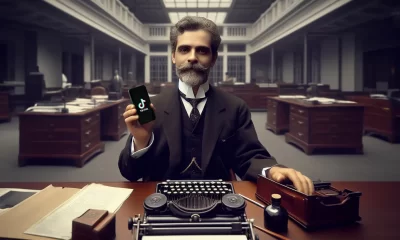
 Personal Growth & Mindset6 months ago
Personal Growth & Mindset6 months agoMachado de Assis: This Viral TikTok Explains Why You Need to Read ‘The Posthumous Memoirs of Brás Cubas’ Now
-

 Career & Success11 months ago
Career & Success11 months ago30 Key Strategies for Growth: Mindset, Productivity & Wellness
-

 Career & Success6 months ago
Career & Success6 months agoChallenges of Not Having Goals: 5 tips to help you get started
-

 Personal Growth & Mindset11 months ago
Personal Growth & Mindset11 months agoBreaking Free from the Shackles of Bad Habits: 5 books to help you


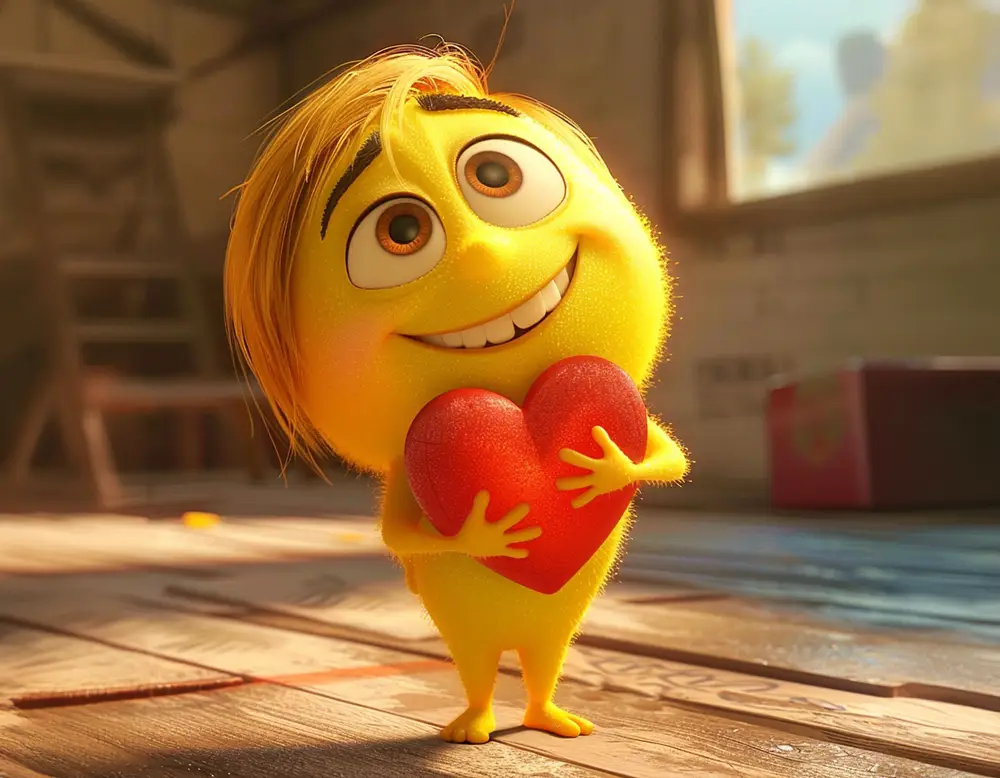


















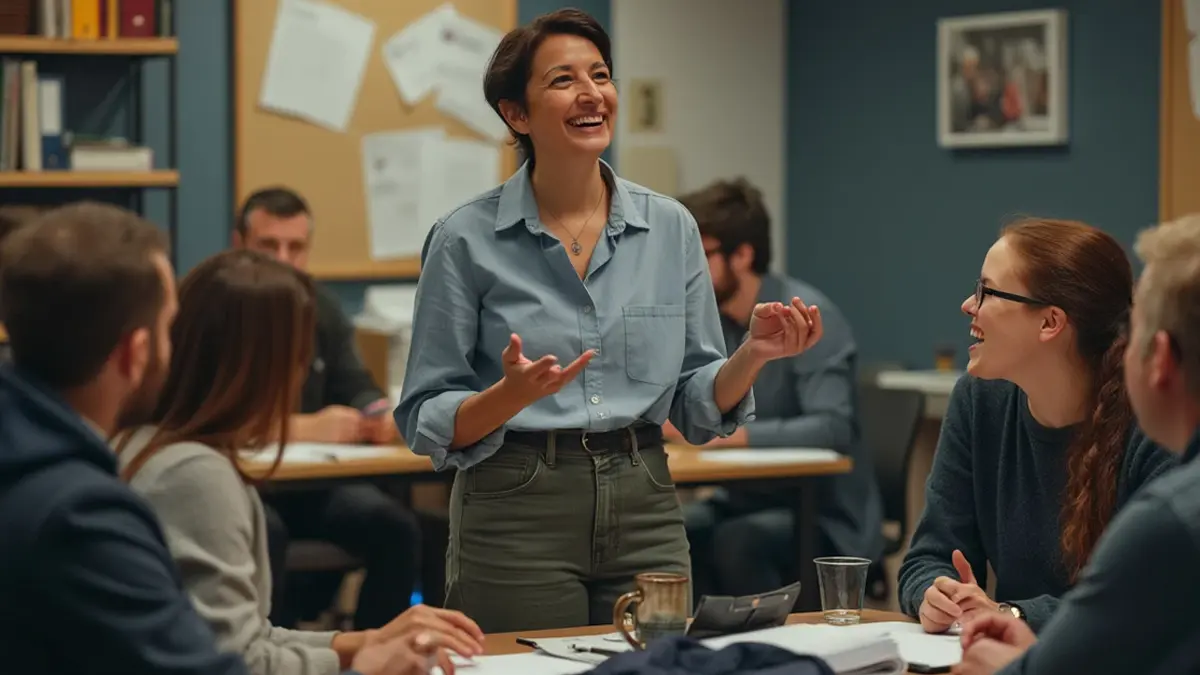













Pingback: This Will Radically Change Your View of Psychology! 2024 | Growth Journey Hub
Pingback: 5 Lessons from the Garden of the mind: Cultivating Mindfulness and Growth | Growth Journey Hub